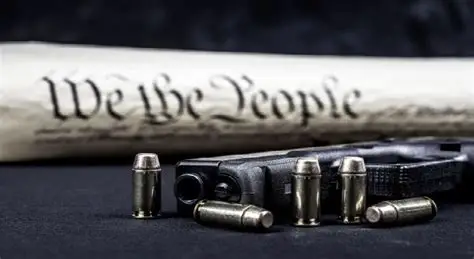
Did you realise that in 2023, nearly 47,000 Americans were killed by gunshot wounds? That’s one of the largest overall numbers ever recorded annually. Whether gun ownership is a privilege or a right is as debatable as ever, with both sides presenting staunch arguments. More recent public discourse, like the one between a college student and activist Charlie Kirk, has added fresh urgency to the debate, not just about numbers, but about values and fears that underlie our lives and legislation.
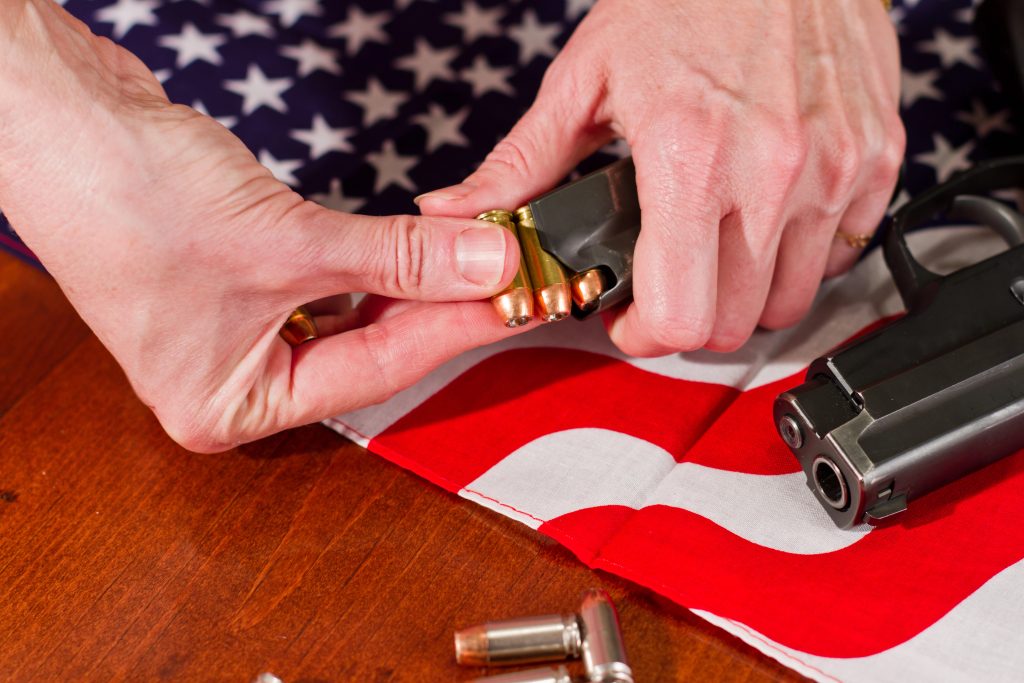
To politically aware Americans, constitutional historians, and gun policy advocates, being well schooled in the finer details of this case is essential. From the dawn of the Second Amendment to the latest data on gun deaths and mental illness, the following are the strongest, fact-based analyses informing America’s gun debate of 2025.
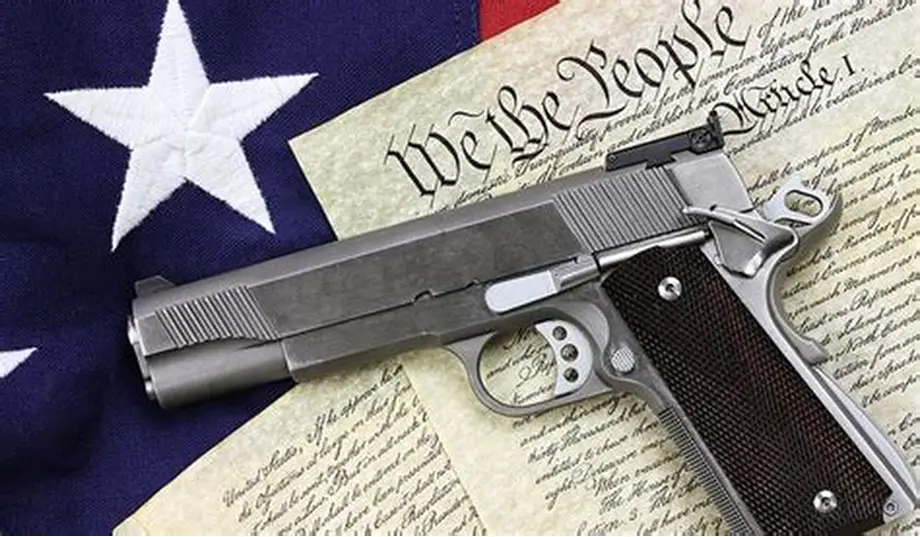
1. The Second Amendment: Right or Privilege?
A recent debate between a college student and Charlie Kirk put the question at issue in context: Is gun ownership a right or a privilege? The student argued for the latter, citing the U.K.’s dramatic decrease in mass shootings since it adopted a handgun ban in 1996. Kirk, when responding, said that the Second Amendment is not some technicality of law but a foundation of individual liberty. As Kirk himself put it, the notion of gun ownership as a right is “a dangerous notion,” one that primes the pump for government overreach and selective enforcement. This battle makes clear just how, to many Americans, the Second Amendment isn’t simply about personal defense it’s about what freedom itself is.
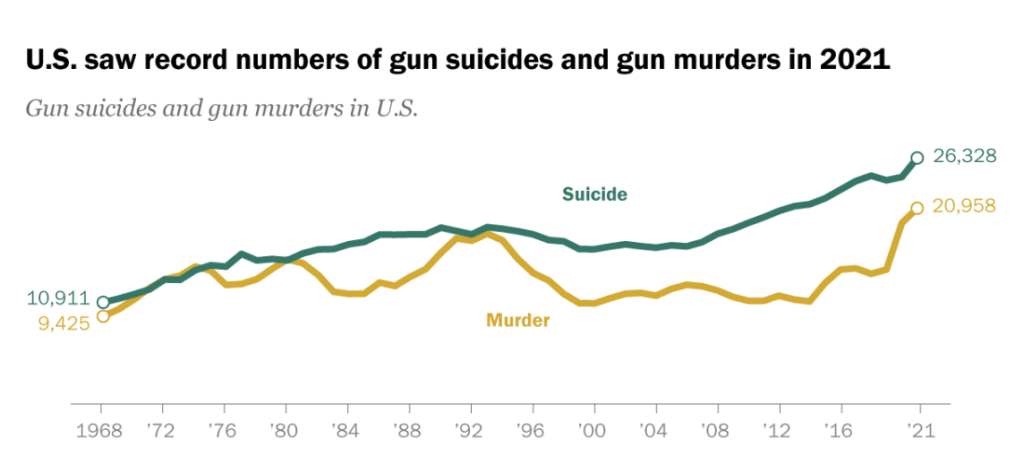
2. What the Data Says About Gun Deaths
The statistics are stark: 46,728 Americans were killed by guns in 2023. 58% of them were suicides, and 38% were homicides. While gun homicides have dipped in the recent past, gun suicides have never been higher. To put that another way, contrary to what popular opinion might believe, the majority of gun deaths are suicides. The data also point to the state with the highest rates of gun deaths Mississippi and Wyoming, for example are generally those with more lax gun laws and greater gun ownership, while Massachusetts and New Jersey have the lowest rates of death.
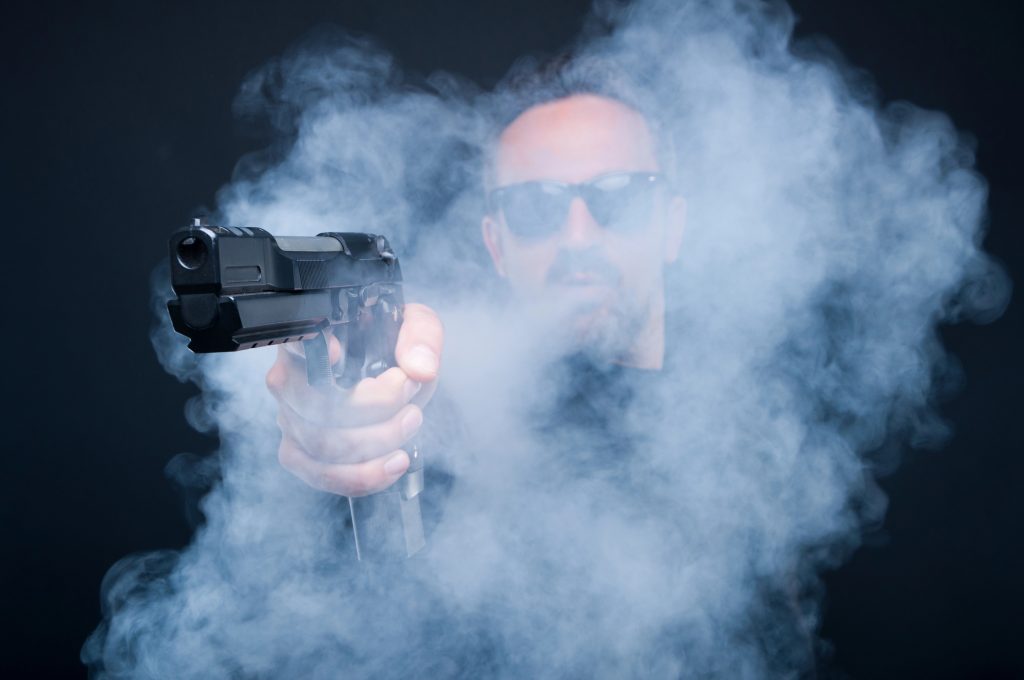
3. The Mental Health Myth and Gun Violence
The usual refrain in the media: mental illness is responsible for mass shootings. But facts paint a different picture. Fewer than 4% of criminal violence can be traced to mental illness, according to a systematic review in the Annual Review of Clinical Psychology. Victims of violence are themselves more likely to have mental illness than perpetrators of acts of violence. As Johns Hopkins’ Dr. Paul Nestadt explains, “It’s a myth that if one survives a suicide attempt, they’ll inevitably try again or just use a different method. That’s not what the data shows.” The real causes of gun violence? Drug abuse, history of victimization, and economic hardship far exceed mental illness by itself.
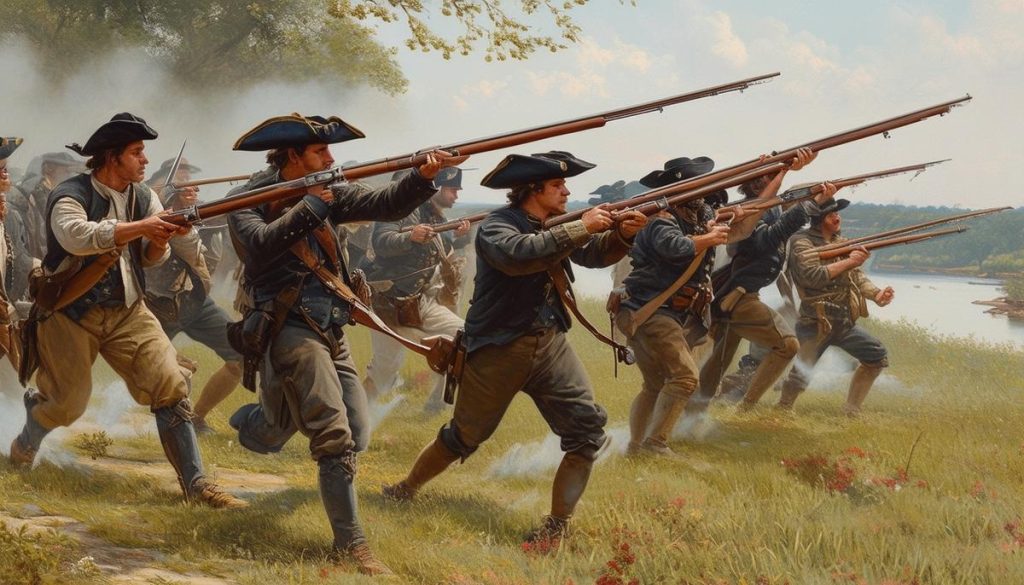
4. The Founders’ Intent: Then vs. Now
What did the Founders really mean when they wrote the Second Amendment? Originally, it was emphasis upon a “well-regulated Militia” as a defense against tyranny, not an uncontrolled individual right to any gun anywhere. Restraints upon gun ownership were typical in the 18th century, especially among those who were not reliable. As historian Noah Shusterman writes in the Washington Post, “The Founding Fathers were very concerned about who should, or should not, be armed.” Modern-day Supreme Court decisions have recognized an individual right, yet even those decisions allow for reasonable regulation showing that the argument is as much one of interpretation as it is one of tradition.
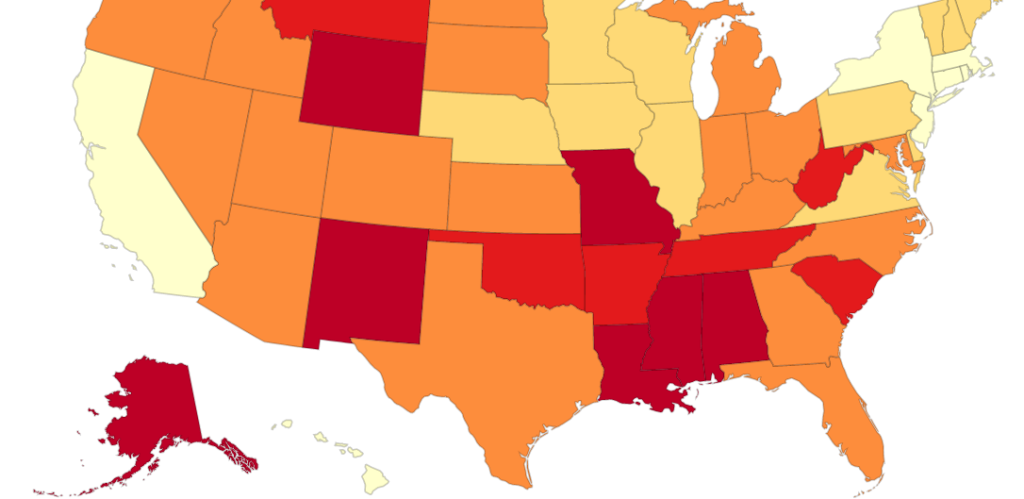
5. Urban vs. Rural: Where Gun Violence Hits Hardest
Gun violence in America is not evenly distributed. The highest firearm death rates occur in Mountain West and Southern states, and rural counties where gun ownership is high and mental health services are scarce, finds Johns Hopkins Center for Gun Violence Solutions. Gun homicide in metropolitan cities is most often associated with gang activity and system issues such as drug crime and poverty. At the same time, rural regions have profoundly skewed rates of firearm suicide, predominantly among older white men. The geographic disparity highlights the necessity for solution-tailored, evidence-based solutions instead of blanket policies.

6. Safe Storage and Policy Solutions: What Works
Although over half of American gun owners are not storing guns safely, the risk of unintentional shootings and suicides continues to be high, particularly among youths. Research indicates that child access prevention laws and safe storage laws can cause dramatic decreases in gun suicides and accidental fatalities. States with strong background checks and licensure laws have lower rates of gun violence as well. Policy measures aimed at safe storage, temporary removal during crises, and targeted restriction for those in the highest risk are far superior to stigmatizing policy or absolute prohibition.
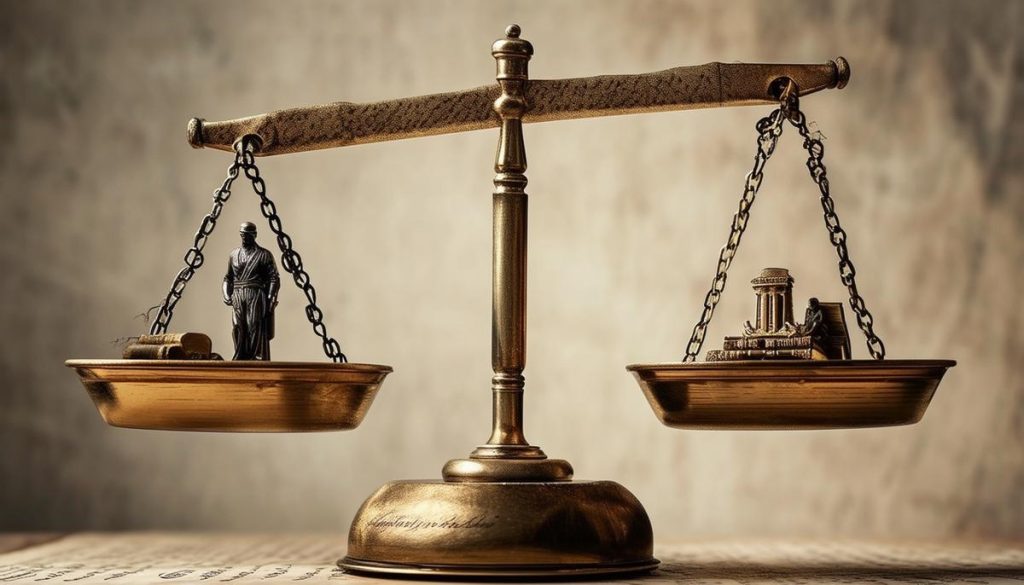
7. Liberty and Its Uncomfortable Trade-Offs
Charlie Kirk summed up a central tension in the debate: “In a free society, you’re going to have sometimes undesirable outcomes.” Just as car accidents are a tragic byproduct of mobility, gun deaths while deeply troubling are part of the broader challenge of balancing safety and liberty.
The Supreme Court, a long time ago, ruled that liberties like free speech and carrying guns are not unlimited, but neither can they be so readily revoked in the name of public safety. The real challenge of defenders and politicians is finding that elusive middle ground protecting individual freedom while enacting smart, evidence-driven legislation without causing harm. Objective America’s gun conversation is complex, passionate, and endlessly complicated.
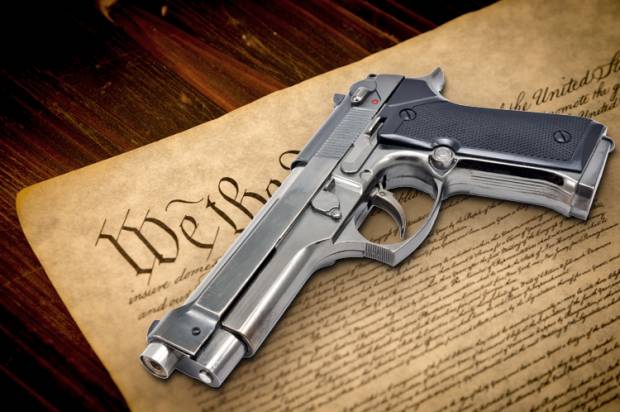
But fresh data and precedent establish this much: there is no fix-it-easy solution. Whether you hold the Second Amendment to be a treasured right or a privilege to be controlled, authentic progress will come through authentic debate, serious research, and policies that hold dear both liberty and life. The discussion is far from done for anyone interested in constitutional law or gun policy, and the stakes couldn’t be higher.


